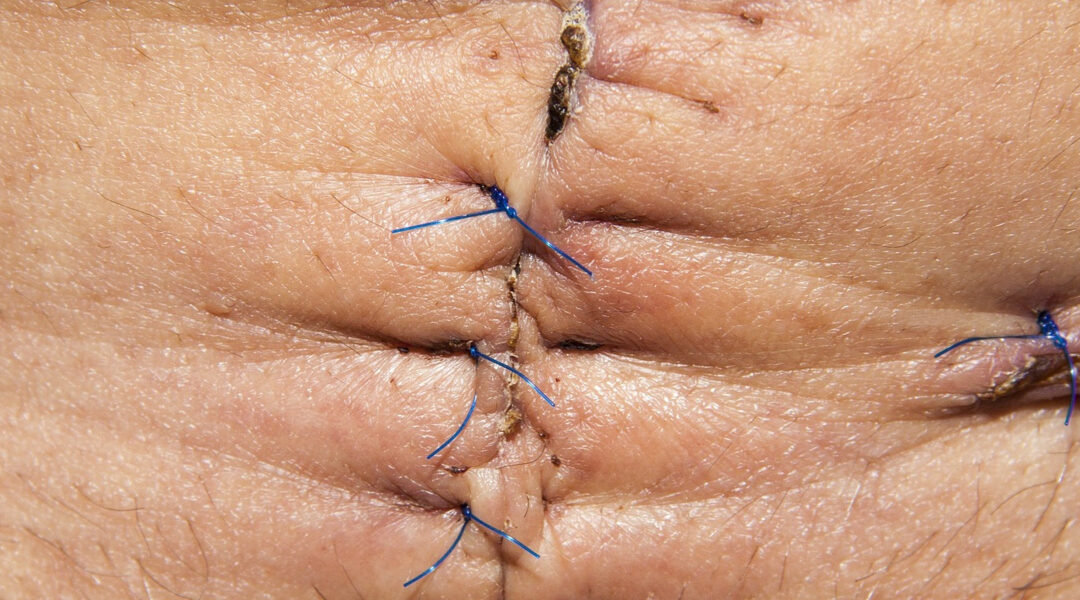Imagine a world where scar tissue could be repaired with a simple touch of light. In a remarkable development at the intersection of science and philosophy, researchers have unveiled an unexpected approach to healing scar tissue and rejuvenating damaged skin. This article explores the fascinating technology behind this breakthrough and its potential impact on skin repair.
Understanding Scar Tissue:
Scar tissue forms as a natural part of the body’s healing process in response to injuries, surgery, or skin conditions like acne. While scars help mend wounds, they often leave behind blemishes, discoloration, and textural irregularities that can affect a person’s self-esteem.
The New Light-Based Approach:
Researchers are harnessing the power of light to address this age-old problem. The technology at the heart of this breakthrough utilizes specific wavelengths of light to stimulate cellular processes that promote scar tissue reduction and skin rejuvenation.
How It Works:
The process involves the following key steps:
- Light Activation: Precisely tuned light wavelengths are directed onto the scar tissue. These wavelengths are absorbed by cells in the scar, initiating a cascade of biological responses.
- Cellular Signaling: The absorbed light triggers specific cellular signaling pathways that activate nearby fibroblasts, specialized cells responsible for collagen production and tissue repair.
- Collagen Production: Activated fibroblasts increase collagen production, which plays a vital role in maintaining skin’s strength, elasticity, and overall health.
- Scar Reduction: The enhanced collagen production gradually remodels the scar tissue, reducing its visibility and improving the skin’s appearance.
- Skin Rejuvenation: In addition to scar reduction, the increased collagen production contributes to overall skin rejuvenation, leading to smoother, more youthful-looking skin.
Potential Benefits:
The light-based approach offers several advantages for repairing scar tissue and restoring skin:
- Non-Invasive: Unlike traditional surgical methods, this technology is non-invasive, minimizing pain, scarring, and downtime for patients.
- Targeted Treatment: The precise control of light wavelengths enables targeted treatment of specific scar areas, maximizing effectiveness.
- Minimal Side Effects: Patients typically experience minimal side effects, making it a safe option for a wide range of skin types and conditions.
- Quick Recovery: The recovery process is swift, allowing individuals to return to their normal routines without extended downtime.
Challenges and Future Prospects:
While this breakthrough is incredibly promising, there are challenges to overcome. Further research and clinical trials are needed to refine the technology and validate its long-term efficacy and safety.
Additionally, individual responses to the treatment may vary, and it may not be a one-size-fits-all solution. Personalized treatment plans based on the type and severity of scarring may be necessary.
Hope for Skin Repair:
This innovative light-based approach offers hope for individuals dealing with unsightly scars and skin imperfections. Beyond scar reduction, it holds potential for addressing a range of skin conditions, from acne scars to stretch marks.
As research progresses and technology evolves, we may witness a revolution in the field of dermatology, providing individuals with a simple yet effective way to restore their skin’s natural beauty and boost their confidence.
Researchers have unveiled a groundbreaking technology that uses light to heal scar tissue and rejuvenate damaged skin. This non-invasive approach offers targeted treatment, minimal side effects, and quick recovery, holding immense promise for individuals seeking effective solutions to repair their skin. While challenges remain, the future looks bright for this remarkable advancement in the field of skin repair and rejuvenation.


Recent Comments